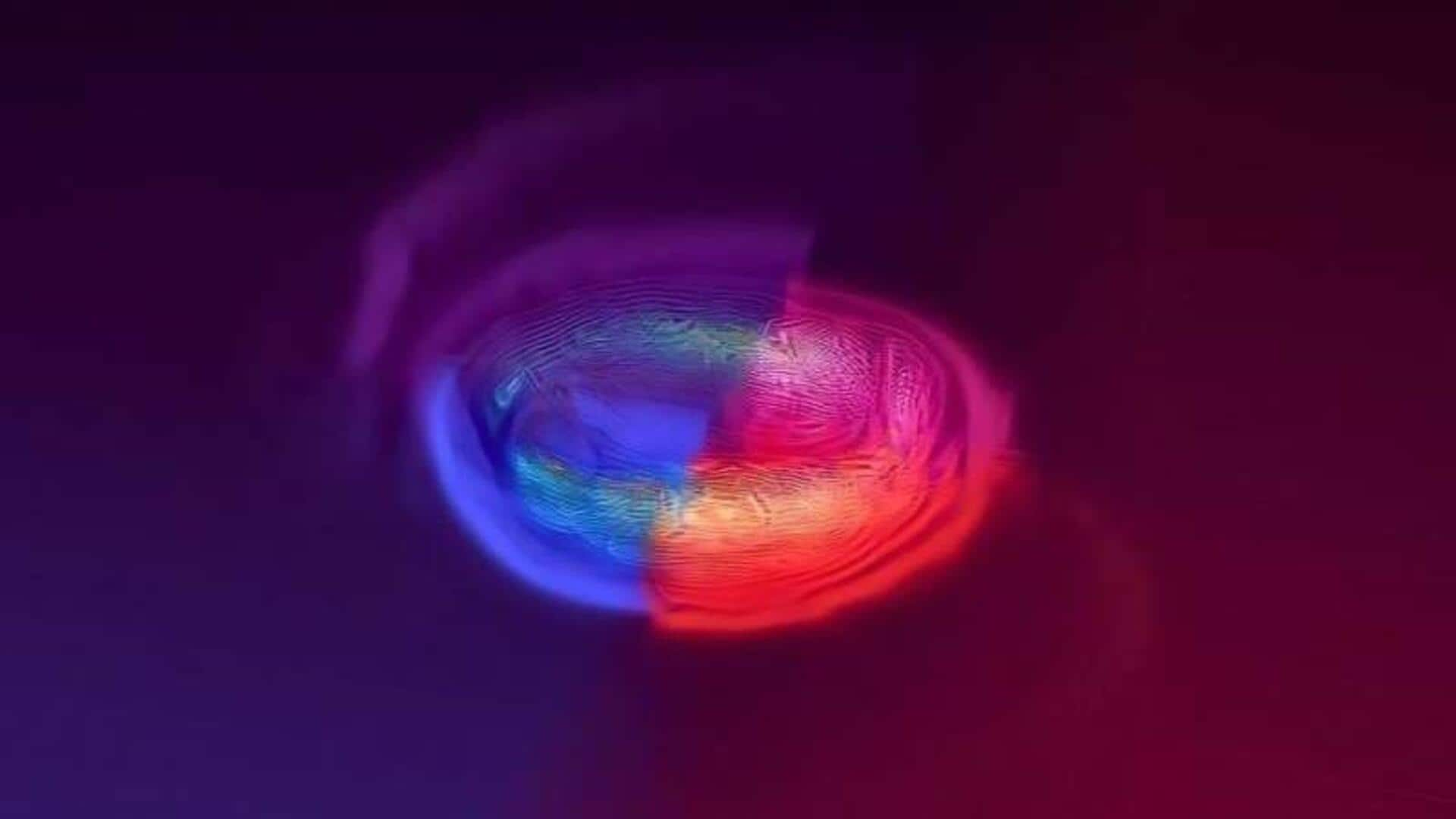**New Study Sheds Light on the Dark Matter Mystery in the Smallest Galaxies**
Dark Matter remains one of the most tenacious mysteries facing astronomers and cosmologists today. This theoretical form of mass was first proposed in the 1960s to explain the rotational curves of galaxies, which indicated that these galaxies possess far more mass than their visible stellar populations suggest. Despite decades of research and observation, scientists have yet to find any direct evidence of this mysterious, invisible mass or determine what it is composed of.
There are many theories about what Dark Matter could be, ranging from Weakly Interacting Massive Particles (WIMPs) to extremely low-mass particles known as axions. Fortunately, we live in an era where the frontiers of astronomy are constantly being pushed, and new discoveries are being made all the time.
Recently, an international team of researchers led by the Leibniz Institute for Astrophysics Potsdam (AIP) has made significant progress in this decades-old debate. By analyzing stellar velocities from 12 of the smallest and faintest galaxies in the Universe, the team found that the internal gravitational fields of these galaxies cannot be explained by visible matter alone. Their findings further bolster the case for the existence of Dark Matter.
### A Collaborative International Effort
The research team was led by scientists from the AIP and included members from the Institute for Physics and Astronomy at Potsdam University, University of Surrey, University of Bath, School of Astronomy and Space Science at Nanjing University, Institute of Astrophysics and Space Sciences at the University of Porto, Leiden Observatory at Leiden University, and Lund Observatory at Lund University. Their study was recently published in the journal *Astronomy & Astrophysics*.
### The Dark Matter Debate and Alternative Theories
For decades, scientists have debated the existence of Dark Matter (DM). On one hand, its presence is inferred from astronomical observations and our understanding of gravity as described by Einstein’s Theory of General Relativity. On the other hand, the lack of direct evidence has motivated alternative theories, such as Modified Newtonian Dynamics (MOND).
Emerging in the 1980s, MOND proposes that the laws of gravity change under very low accelerations, such as those found on large cosmic scales. While this theory can explain some large systems, the new study suggests that it breaks down when applied to the smallest galaxies.
### Examining the Smallest Dwarf Galaxies
In their analysis of 12 dwarf galaxies, the researchers inferred the galaxies’ mass distributions and found that MOND predictions failed to reproduce the observed stellar velocities. This means their gravitational fields could not be accounted for by visible matter alone.
To further test their results, the team compared their observational data with theoretical models that assume the presence of dark matter halos surrounding galaxies, using the DiRAC National Supercomputer facility. The simulations matched the observed behaviors of these dwarf galaxies far better than MOND predictions.
### Insights from the Lead Author
Mariana Júlio, a PhD student at the AIP and lead author of the study, commented:
*“The smallest dwarf galaxies have long been in tension with MOND predictions, but the discrepancy could plausibly be explained by measurement uncertainties or by adapting the MOND theory. For the first time, we were able to resolve the gravitational acceleration of stars in the faintest galaxies at different radii, revealing their internal dynamics in detail. Both the observations and our EDGE simulations show that their gravitational field cannot be determined by their visible matter alone, contradicting modified gravity predictions. This finding reinforces the need for dark matter and brings us closer to understanding its nature.”*
### Challenging Existing Paradigms
The study challenges the Radial Acceleration Relation (RAR) paradigm by providing a more nuanced and in-depth analysis, allowing astronomers to infer radially resolved mass profiles of dwarf galaxies accurately. It confirms suspicions that dwarf galaxies do not conform to the expectations derived from studying their more massive counterparts.
Professor Justin Read from the University of Surrey, a co-author of the study, added:
*“New data and modelling techniques are allowing us to map out the gravitational field on smaller scales than ever before, giving us new insights into the strange, apparently invisible substance that makes up most of the mass of the Universe. Our results demonstrate that there is not enough information based only on what we can see to determine the gravitational field strength in the smallest galaxies. This result can be explained if these galaxies are surrounded by an invisible halo of dark matter, as dark matter encodes the ‘missing information’. But MOND theories, at least those proposed so far, require the gravitational field to be determined only by what we see. That just doesn’t seem to work.”*
### The Path Forward
While this study does not definitively answer all questions about Dark Matter—such as its precise composition or confirm its existence beyond doubt—it narrows the search by effectively ruling out some alternative explanations.
Future observations targeting even fainter and more distant galaxies will continue to refine our understanding, with growing confidence that Dark Matter remains the most likely explanation for the unseen mass shaping the cosmos.
—
*This breakthrough demonstrates the power of international collaboration and advanced simulations in unraveling the complexities of our Universe. As technology and observational capabilities improve, we move ever closer to uncovering the true nature of Dark Matter.*
https://www.universetoday.com/articles/dwarf-galaxies-may-hold-the-answers-to-the-debate-on-dark-matter



